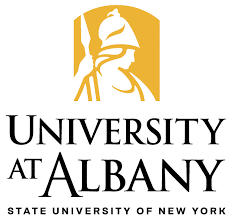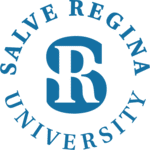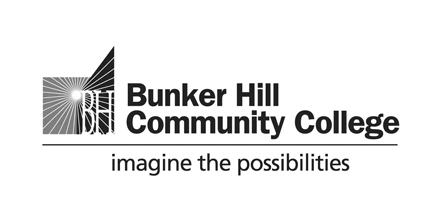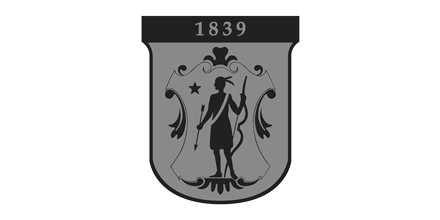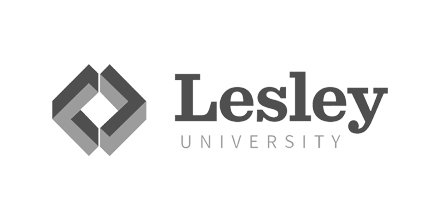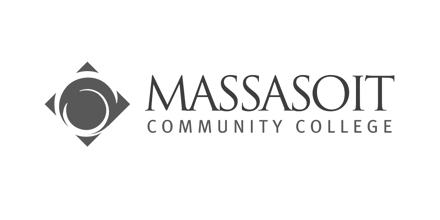Within higher education, Human Resources (HR) departments face a unique set of challenges. Public institutions, in particular, grapple with limitations in funding and staffing, leading to high rates of employee attrition. Legacy processes and bureaucratic hurdles further impede agility and adaptation. This is where HR technology steps in, offering a powerful solution to streamline operations, improve efficiency, and empower data-driven decision-making.
Let’s explore these challenges and dive into how Bristol Community College (BCC) is leveraging HR technology to overcome them. We will draw insights from a podcast interview with Emmanuel Echevarria, Chief Human Resource Officer at BCC, to understand how the college uses tech to create a thriving HR environment.
The Struggles of HR in Higher Education
Public institutions face a multitude of challenges in managing their HR departments. Budgetary constraints often lead to understaffing, making it difficult to retain qualified personnel. This, in turn, fuels a cycle of attrition, further straining resources.
Bureaucracy adds another layer of complexity. Outdated processes and rigid hierarchies can stifle innovation and make it time-consuming to implement changes. Additionally, HR departments often find themselves juggling competing priorities, pulled in different directions by faculty needs, student concerns, and administrative demands.
These challenges can significantly impact employee engagement, a crucial factor in any organization’s success. Disengaged employees are less productive and more likely to leave, exacerbating the staffing issues already plaguing HR departments in higher education.
HR Technology: A Catalyst for Change
Fortunately, HR technology offers a beacon of hope in this complex landscape. By implementing the right tools, institutions like BCC can streamline processes, improve efficiency, and free up valuable time for HR professionals to focus on strategic initiatives.
Applicant Tracking Systems (ATS), for example, can automate the recruitment process, reducing the time it takes to source and screen qualified candidates. Performance management systems can streamline the process of setting goals, providing feedback, and conducting performance reviews. These systems not only save time but also ensure consistency and fairness in performance evaluations.
Beyond streamlining processes, HR technology empowers data-driven decision-making. By leveraging analytics tools, HR professionals can gain valuable insights into workforce demographics, talent trends, and employee engagement levels. This data can then be used to inform strategic decisions about recruitment, training, and development programs.
Bristol Community College: A Case Study in HR Innovation
Emmanuel Echevarria’s experience at BCC exemplifies the transformative power of HR technology. By embracing innovative solutions, BCC has been able to address many of the challenges faced by HR departments in higher education.
One key takeaway from Echevarria’s perspective is the importance of HR as a strategic partner. By leveraging data and technology, HR can move beyond administrative tasks and become a key player in driving institutional success.
Another crucial aspect highlighted by Echevarria is the need for user-friendly technology. HR systems should be intuitive and easy to navigate for all users, regardless of technical expertise. This ensures widespread adoption and maximizes the benefits of the technology.
The Future of HR Technology: Data and User-Centricity Take Center Stage
Echevarria’s insights paint a clear picture of the future of HR technology in higher education. Data-driven decision-making will continue to be a cornerstone, enabling HR professionals to make informed choices that support institutional goals.
Furthermore, user-centric design will be paramount. HR technology solutions should be designed with the end-user in mind, ensuring a positive and productive experience for everyone who interacts with the system.
Preparing for the Future: Embracing Continuous Improvement
Institutions looking to thrive in the future must prioritize continuous improvement and innovation in their HR practices. This means being open to new technologies and adapting them to meet specific needs.
Collaboration is also key. By working closely with IT departments and other stakeholders, HR professionals can ensure that new technologies are seamlessly integrated into existing systems and workflows.
Diversity and Development: Building a More Inclusive Future
HR technology can play a vital role in fostering diversity and inclusion within an institution. By utilizing applicant tracking systems that remove bias from the hiring process, institutions can create a more welcoming environment for underrepresented groups.
Furthermore, HR technology can facilitate professional development opportunities for employees. Online learning platforms and training modules can equip employees with the skills and knowledge they need to succeed in their roles.
A Brighter Future for HR in Higher Education
The future of HR in higher education is bright. By embracing data-driven decision-making, user-friendly technology, and a commitment to continuous improvement, institutions can overcome the challenges they face and create a thriving HR environment.
Want to learn more about Emmanuel Echevarria’s insights on the future of HR in higher education? Listen to the full podcast interview and gain a deeper understanding of his strategies and perspectives.
Echevarria’s experience at Bristol Community College offers a valuable roadmap for HR professionals in higher education institutions navigating the ever-changing landscape. By embracing technology and data-driven approaches, HR can become a strategic partner, fostering a more engaged workforce and propelling institutions toward success.






